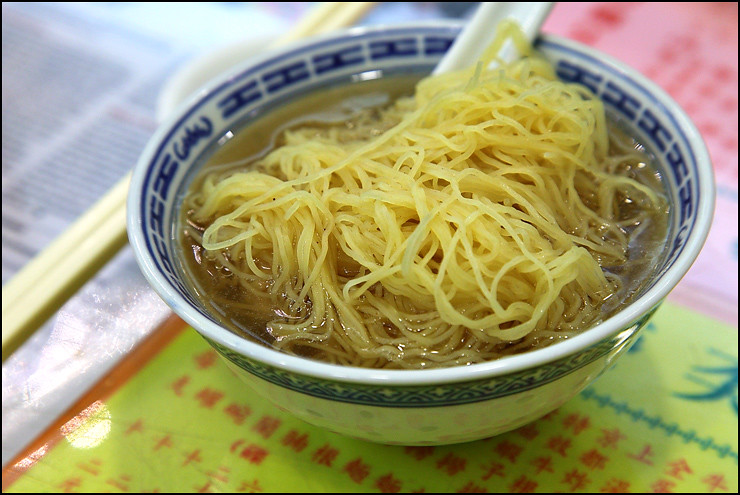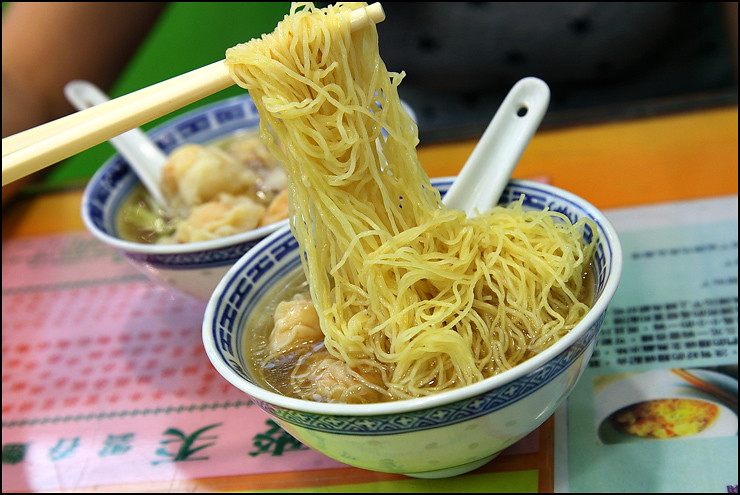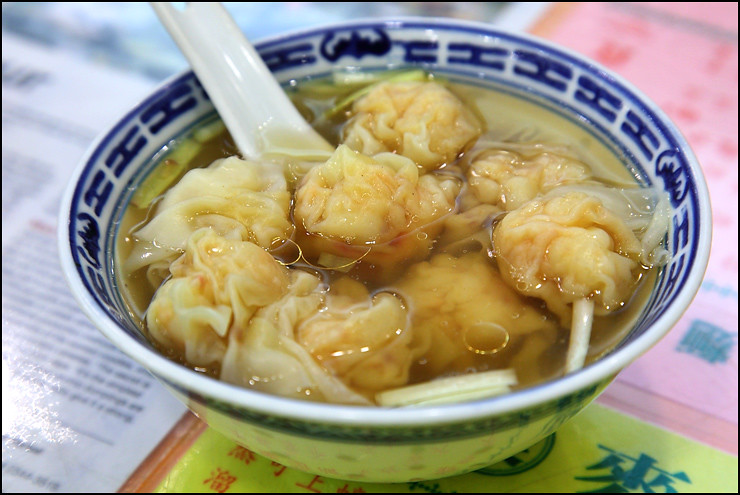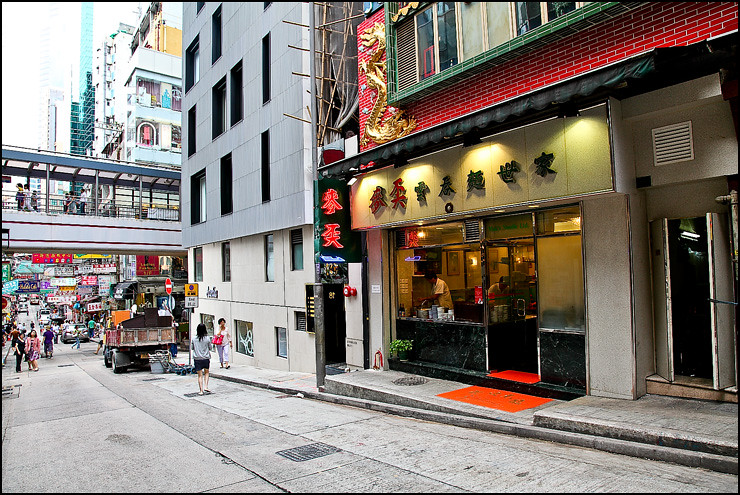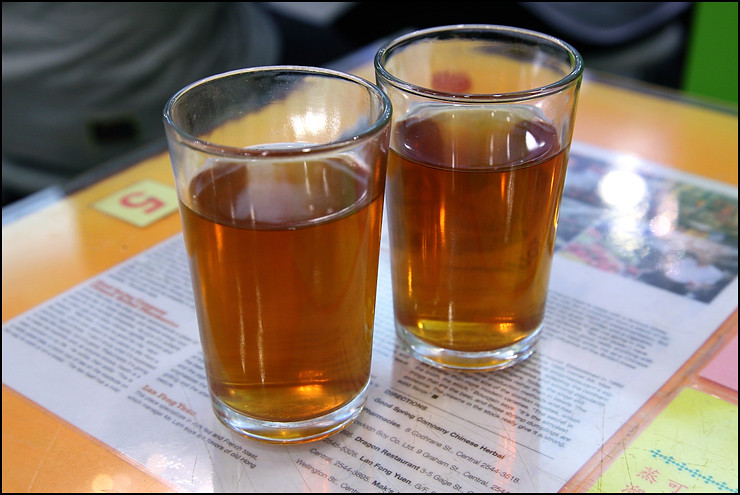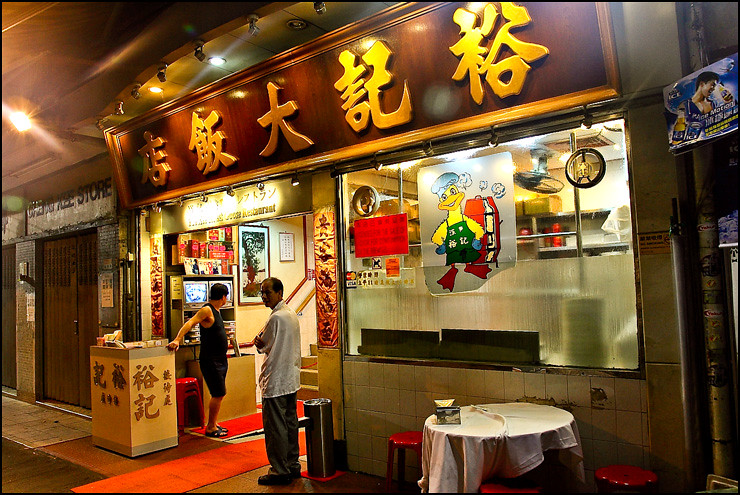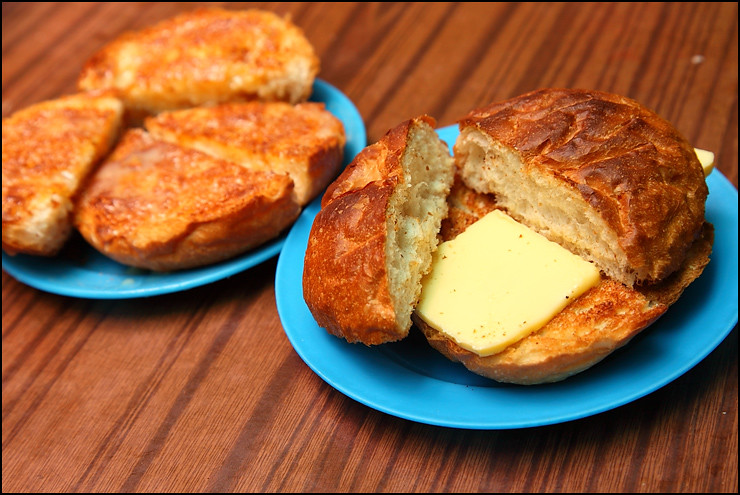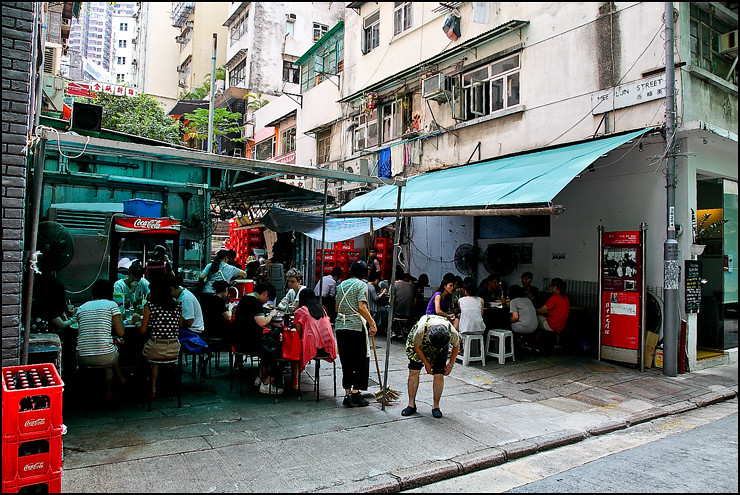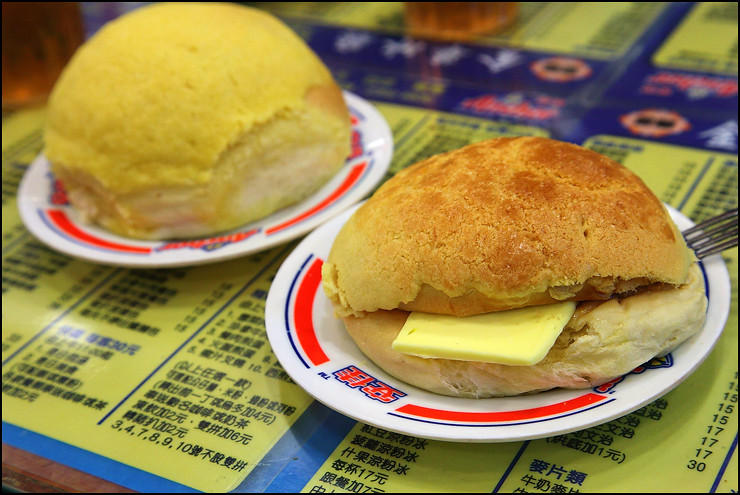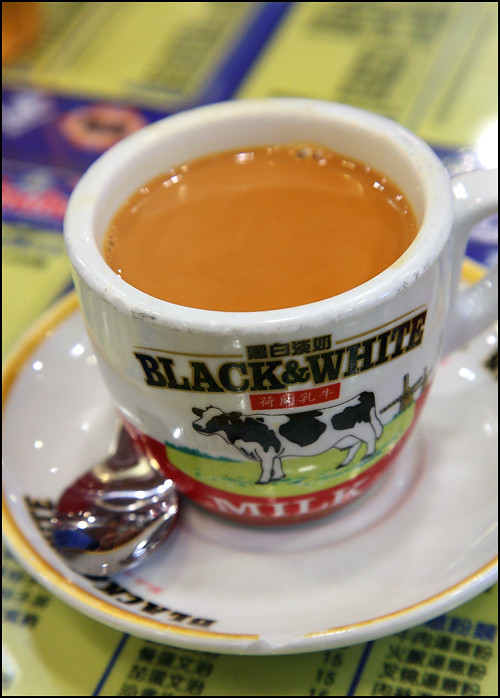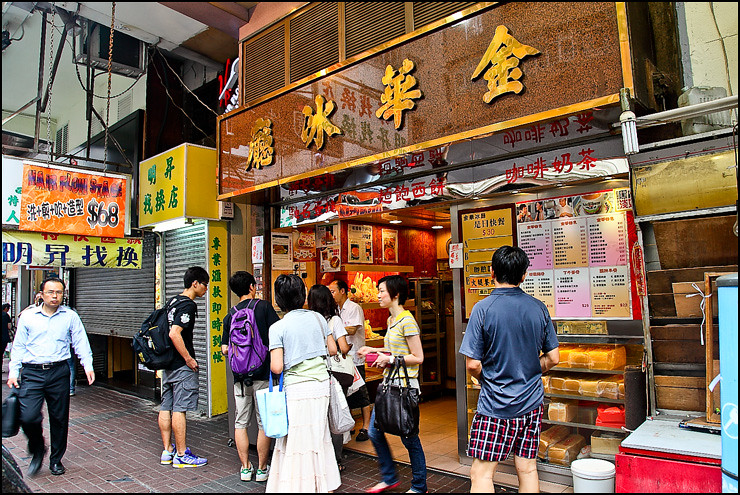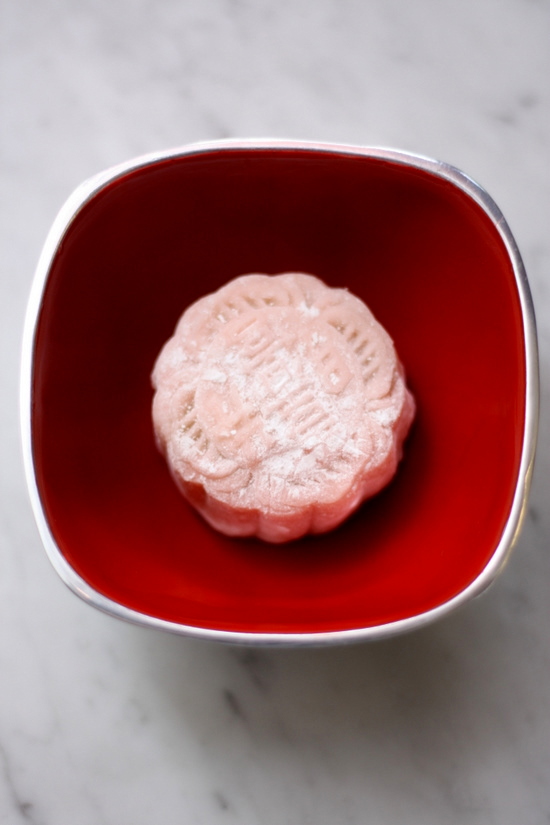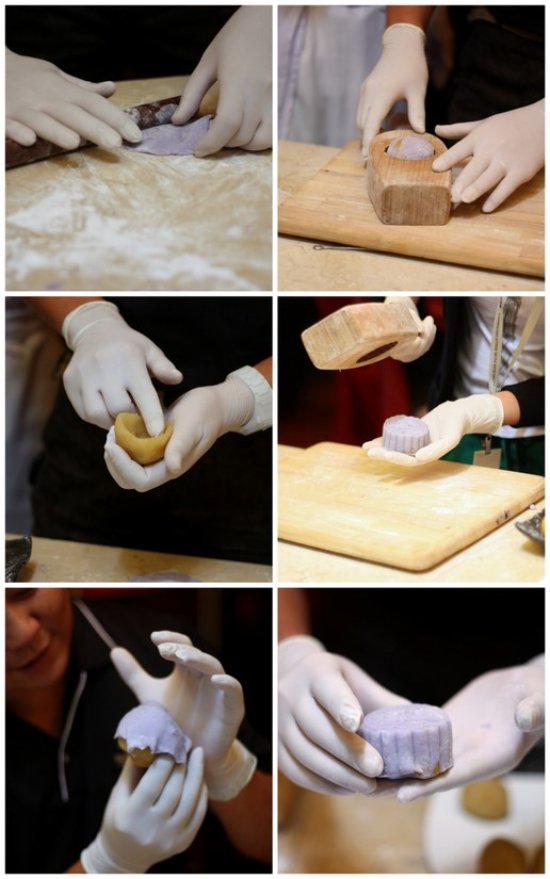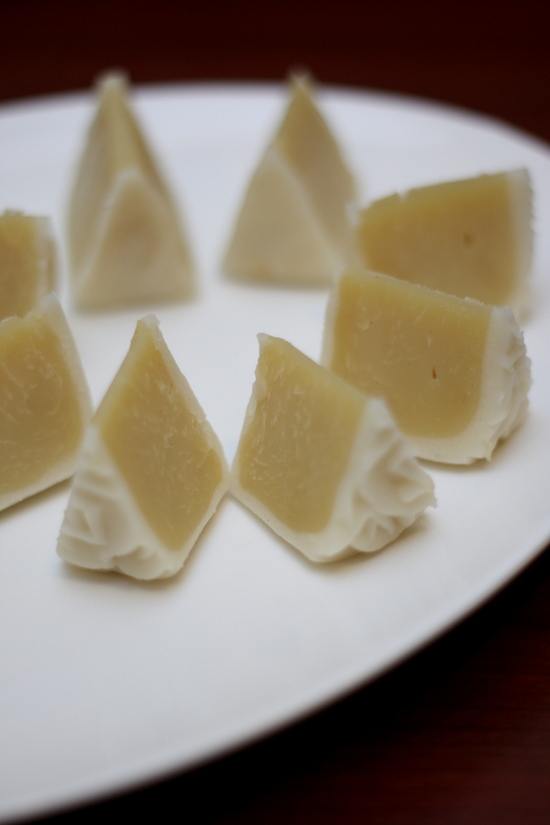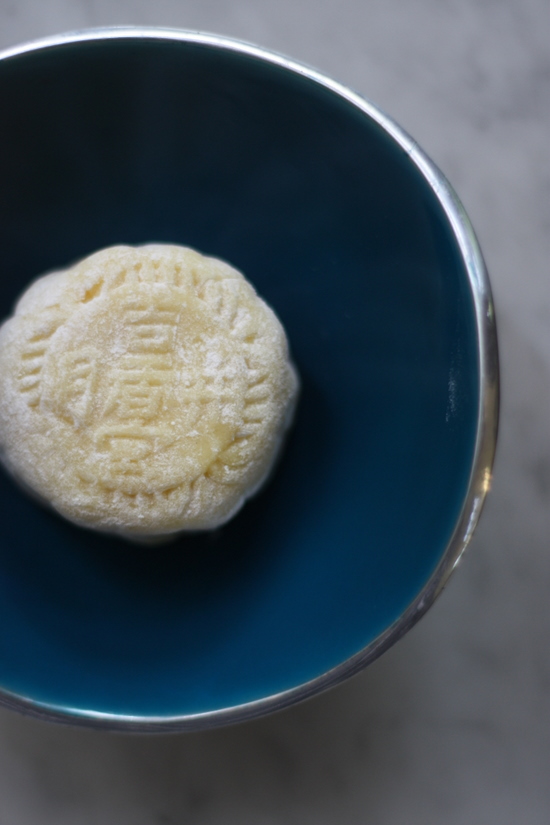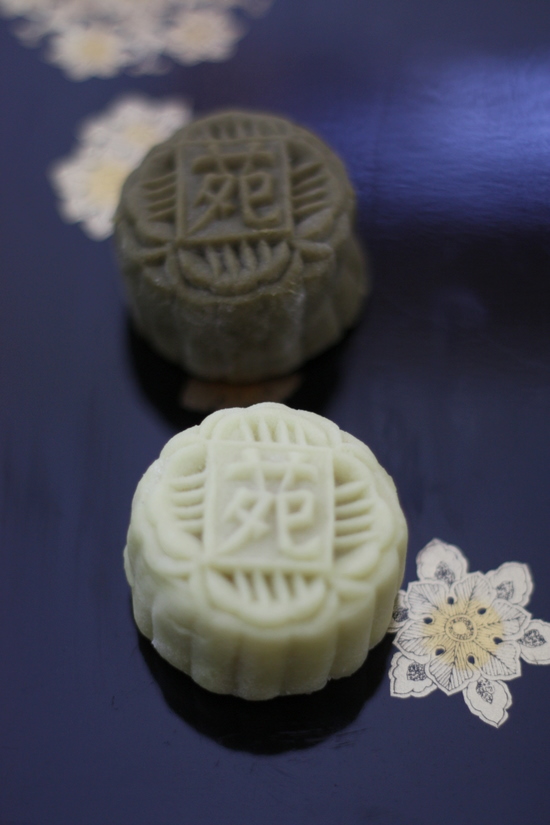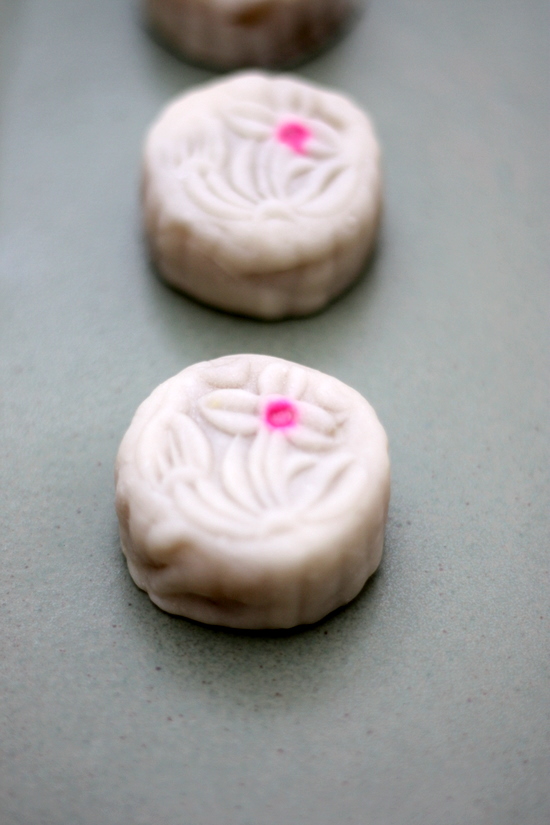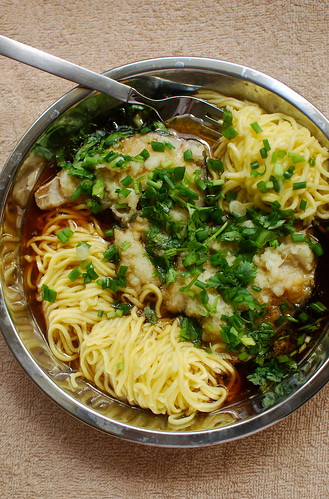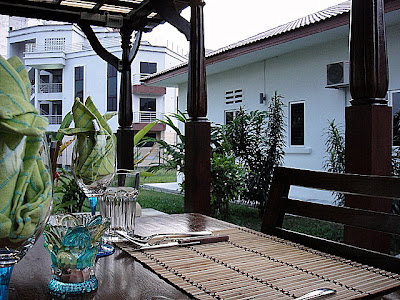I'll admit it, this space has been quiet the last few months. In over six years (six years! How does that happen?) of blogging we're at our lowest ebb ever. It's not for lack of material, inspiration or interest. It was The Move, I think. It through me for a loop, knocked me off my stride. Moves tend to do that, even more so when they're sandwiched between intense spurts of work -- in Malacca before The Move, Taiwan and Kelantan after, then Hanoi. When it rains it pours, they say. If you're a freelancer you're pretty much guaranteed a monsoon when it's time to move.
After Hanoi there was Chiang Mai, to continue work on the Gat Luang project. We're getting down to the wire now. Lots of photos, lots of interviews, lots of time out and about gathering what we need to make our part of the project a reality. Dave had some test prints done for the Gat Luang gallery show he'll have in Chiang Mai around Chinese New Year, and we saw a mock layout of our part of the book, five beautiful pages (we'll have 75 total). Exciting, exhilerating, and exhausting.
But ! despite the rushing about being in Chiang Mai was like taking a long, slow deep breath. It's become that way this year. We've been visiting the city on a regular basis for five or six years, but 2011 will be the year that Chiang Mai truly became second nature to us. Being there, even if we're working, is relaxing. It's like being home without all the little hassles of home.
On our last couple visits we've been lucky enough to stay in a friend's apartment, which gives us the option of cooking in. We do, most nights -- as we do here in Penang. The highlight of this last trip was our first dinner at "home", made with ingredients we carried from Hanoi and foraged in Chiang Mai. Quesadillas two ways: chanterelle and manchego with grilled tomato, green chili, and sawtooth herb salsa, and goat cheese and squash vine with sour starfruit, cilantro and fish sauce salsa.
During the day we usually eat out, and by now we have our favorite spots. Though every visit brings new dishes, new vendors, new restaurants, we have an unwritte list of shops and restaurants and stalls that we return to again and again and again -- even several times on the same trip.
That's what being home is like. When you're home you know you'll be back so there's no need to fit every food experience in all at once, no pressure to get out there and eat every meal new. Chiang Mai is in our future on a regular basis. We know there will be time to try something different, and so we're comfortable revisiting what we already know that we enjoy.
Like a little shop around the corner from our rental called Nam Ngiaw Tha Phae. On our last trip, in April, friend and Gat Luang project collaborator Wilaiwan said she wanted to take us to her favorite shop for kanom jeen ! nam ngia w. Imagine our surprise when it turned out to be a place we stumbled on 5 years ago, but hadn't returned to since. It's firmly on our own "favorites" list now. It was first place we ate after arriving in Chiang Mai in late August.
Like many good places to eat in this part of the world, Nam Ngiaw Tha Phae has a history. The original shop was opened in the vicinity of Don Lam Yai and Warorot markets by the parents of current sister co-owners Pisiwan and Saiyut. After mom and dad retired older sister Pisiwan took over. Then, after what's known as The Great Fire closed Warorot in the 1960s, Saiyut took over from Pisiwan and moved the business to its current a few blocks towards Tha Phae Gate.
Saiyut now runs the nam ngiaw show with the help of her daughter, while Pisiwan concentrates on Thai French fries. (More on those shortly.)
Sisters Pisiwan (left) and Saiyut
Pisiwan and Saiyut's grandfather on their mother's side was a Shan from Burma, one of many who settled on Tha Phae Road, outside Chiang Mai's old city. (Many workers for British companies involved in teak logging in Chiang Mai during the 1800s and first half of the 20th century were Shan.) Nam ngiaw is a Shan dish.
If you don't know kanom jeen nam ngiaw -- a surprising number of visitors to Chiang Mai don't, and sadly leave without trying it -- the dish consists of fermented rice vermicelli topped with a thin-sauced meat (sometimes beef, sometimes pork) and tomato stew. (The noodles are called num banh chok in Cambodia. We documented their fascinating production process in a village outside Siem Reap, here and here).
Bits of blood cake figure into the dish as well. Don't let this be a turn-off. You can avoid the blood cakes if you like (when ordering kanom jeen nam ngiaw say "Mai ao lyaat -- My Ow Luh-aht"), but even a blood cake-neutral eater like myself has to love the dull red bits in Saiyut's nam ngiaw. They taste not of blood but of smoke, and are firm and a bit chewy. And they saok up the nam ngiaw soup like nobody's business.
Nam ngiaw -- in flavor if not texture -- is oddly reminiscent of a great Bologna-style ragu, especially when it's made with pork. Though it's soupier and lighter, whenever I dig in to a dish my first thought is always "ragu bolognese", followed by visions of the sauce over spaghetti noodles with a grating of parmesan reggiano. (Further north in Chiang Rai nam ngiaw is an almost entirely different being, in-your-face piscene-pungent with bplaa raa and often blisteringly spicy -- delicious in its own way but not ragu reminiscent.)
The sauce's meatiness is balanced by a bit of sourness from the small cherry tomatoes you see all over northern Thailand, and it gains a great depth from tua nao. Tua nao is fermented soy beans that are sometimes seasoned with chili and either sold as a fresh paste or pressed into rectangular cakes or smashed and flattened into discs and dried in the s! un. They are northern Thailand's (and Laos' and Burma's) umami bomb of choice, in the way that shrimp paste and fish sauce are central Thailand's.
(If you find yourself in northern Thailand, buy some tua nao to take home. The sun-dried cakes and discs are grilled/roasted before using, and they're great eaten out of hand with or without a dip, or pounded to an almost-powder and mixed with rice.)
To make her nam ngiaw Saiyut fries a paste of tua nao, garlic, shallots, shrimp paste and dried chilies chilies in oil. She insists that her dried chilies are special, smoked while still fresh before being completely dried. To me they taste a bit like New Mexico dried chilies -- a tiny bit sweet, a little bit bitter, spicy but not overpoweringly so.
To garnish servings of kanom jeen nam ngiaw: cilantro, chili powder, fried shallots, and whole oil-roasted dried chilies (the rubber bands are for tying take-away bags!)
After frying her nam ngiaw paste Saiyut mixes roughly diced pork with turmeric and salt, then cooks it "to get the oil out". She removes the pork from the wok, adds the cooked paste back in and stirs it a bit in the pork fat, then returns the pork to the wok. She adds water, a bit of chopped Chinese pickled mustard -- her secret, she says, "to make the soup sweet" -- and tomatoes, plus a little black soy sauce for color. Then she brings everything to a simmer and cooks the nam ngiaw till the pork is nearly falling apart.
Saiyut buys her kanom jeen from Mae Rim, not far from Chiang Mai. The likes the sourish fermented taste of the noodles made there, she says. I can testify to their lovely elasticity. After dousing the kanom jeen with nam ngiaw Saiyut garnishes the dish with browned shallots, a bit of coriande! r. They& #39;re over the top delicious when eaten with a few strips of deep-fried pig skin crumbled over. I always crush a few small, fiery oil-roasted chilies into my noodles.
About those Thai French fries -- that's what Wilaiwan has dubbed Saiyut's sister's specialty: kabong tawt. Kabong is a green gourd -- a bottle gourd, I think -- and "tawt" means deep-fried. Pisiwan's kabong tawt are for earlybirds only. She starts selling them from a little stall out front of the shop at 6am, with bags of her own nam prik num (a dip made with roasted green chilies and, unusually these days, tomato too).
One Sunday morning before 7am we watched motorcycle after motorcycle toodle down the narrow lane outside the shop and come to a stop in front of Pisiwaan's oil-filled wok. She worked steadily but the wait for fritters stretched to 20 minutes in some instances; customers were walking away with 8 or 10 bags at a time. And we've yet to taste her nam prik -- it sells out within minutes of opening.
But having indulged in Pisiwaan's kabong, which are dipped in a ground chili-enhanced batter and tu! rn out l ight, hardly oily, fantastically crispy outside and almost custard-like within, I can without hesitation pronounce them:
Well. Worth. Getting. Out of. Bed. Early. For.
Nam Ngiaw Thapae, Chang Moei Soi 2, 8am-3pm. Closed Sunday, but the kabong tawt are sold everyday from 6-10am. Try also the khao ngiaw, banana leaf-wrapped rice that's been mixed with, yes, blood and steamed (again, there's no blood taste) -- it's served drizzled with a little shallot oil and topped with caramelized shallots. And once you're seated it's quite OK to order pretty good satay from the stall next door to eat there as well.
[NOTE: If you don't follow us on Facebook or Twitter you may not know that we have, here in Penang, started work on a big project. And we've launched a blog to document it. Have a look at Ah Tong Tailor and be sure to subscribe if the topic is of interest. We'll rarely be blogging Ah Tong Tailor material here at EatingAsia. Thanks.]









